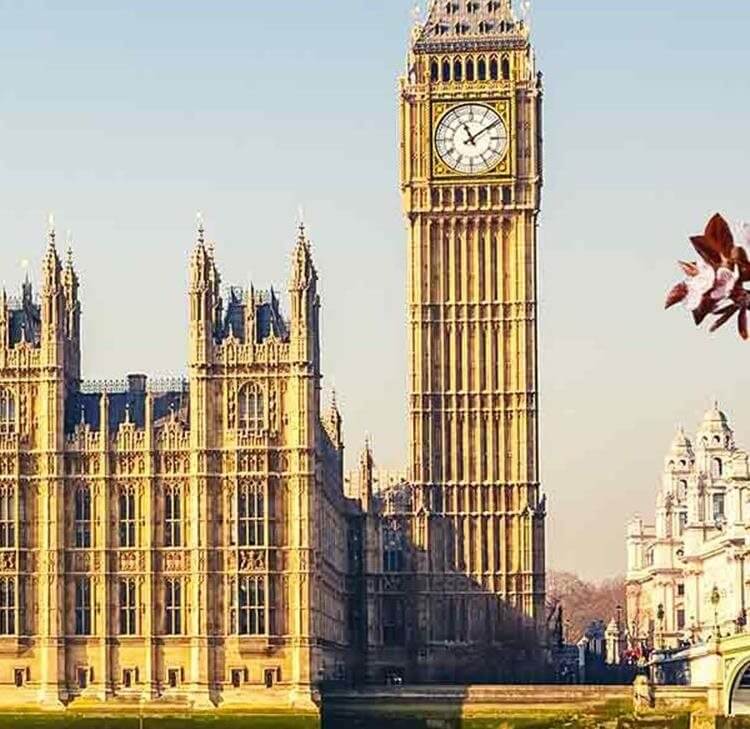This article was first published on EM LawShare.
What are Combined County Authorities?
The Levelling Up and Regeneration Bill (LURB), creates a new type of combined authority for England. The new Combined County Authorities (CCAs) are designed for more rural areas, whereas the existing Combined Authorities (CA) typically cover cities.
Combined County Authorities are made of upper tier authorities only, and any district or borough councils in the area of the proposed Combined County Authorities may not be members (or Constituent Councils as they are known).
The LURB states that Combined County Authorities must meet two conditions.
- The area consists of the whole of the area of a two-tier county council, and the whole of one or more of (i) the area of a two-tier county council, (ii) the area of a unitary county council, or (iii) the area of a unitary district council.
- No part of the area forms part of the area of another Combined County Authorities, the area of a combined authority or the integrated transport area of an Integrated Transport Authority.
These requirements contrast with the requirements for existing Combined Authorities created under the Local Democracy, Economic Development and Construction Act 2009 (as amended by the Cities and Local Government Devolution Act 2016) which require only that they are comprised of a minimum of two or more local government areas in England.
The amendments introduced by the Cities and Local Government Devolution 2016 Act meant that it was possible for a county area, or part of it, to be included, but only one of either the county council; or the district or borough council for the area in question can be a constituent council.
The provisions prevent the district or borough council from blocking a proposal in which a county wants to participate and vice versa. During the passage of the 2016 Act, the Parliamentary Under Secretary of State for Communities and Local Government (as it then was), assured MPs that the Secretary of State would seek a consensual approach from councils.
Despite the legislative provisions preventing blocking by one or other type of council, and these assurances, in practice several areas considering devolutions deals, have foundered where districts/boroughs and counties have taken a different approach.
By effectively excluding district/borough councils from participation in the new model, such blockages will be removed. However, most county councils will want to keep their district/borough councils close and involved, and there are ways that that can be achieved.
Constituent councils, non-constituent members and associate members.
Constituent councils are those which have been part of the group of county councils/upper tier councils who have made the proposal for a Combined County Authorities to the Secretary of State. Members appointed by constituent councils are voting members of the Combined County Authority.
Non-constituent members are individual members of the Combined County Authorities who are nominated as members by a body designated by the Combined County Authorities. Non-constituent members are non-voting unless the voting members resolve otherwise.
Similarly, the LURB defines associate members as individuals appointed by the Combined County Authorities. Again, they are non-voting, unless the voting members resolve otherwise.
There are provisions within the LURB through which district and borough councils can be represented on the Board of a Combined County Authorities. However, it will be interesting to see what, if any, restrictions are placed on the apparent freedom inherent within these provisions by the Department of Levelling Up, Housing and Communities (DLUHC).
The LURB does allow the Secretary of State to make regulations prescribing the constitutional arrangements of a Combined County Authorities, and such regulations could well place a limitation on the otherwise broadly drafted provisions.
Early indications suggest that DLUHC are not willing to allow new Combined County Authorities to have all their district and borough councils nominated as non-constituent member nominating bodies. DLUHC have been accepting of district and borough Councils collectively creating a nominating body which can appoint some Non-Constituent Members to the Board of the Combined County Authorities.
Other interests do also need to be captured within the available non-constituent member/associate member spaces, including business interests. In addition, the White Paper on Levelling Up indicates that LEPs should be integrated into Combined County Authorities, so identifying a way for this to happen within the structures available is important, for example, creation of an advisory business board.
The concepts of non-constituent and associate members have been adopted from the operating models of many Combined Authorities. Although there is no concept of non-constituent members in the 2009 Act, it is a concept which appears in Orders creating Combined Authorities, as do associate members.
Proposals to create a new Combined County Authorities
The LURB states that one or more authorities may prepare a proposal for the establishment of a Combined County Authorities, to be submitted to the Secretary of State.
Prior to submitting a proposal, a consultation must be carried out across the proposed area of the new Combined County Authorities.
Any proposal submitted must specify the purpose to be achieved by the establishment of the Combined County Authorities.
Clause 44 of the LURB provides that the Secretary of State may only prepare regulations for the creation of a Combined County Authorities only if they consider that to do so:
- Is likely to improve the economic, social and environmental well-being of some or all of the people who live or work in the area;
- Is appropriate, having regard to the need:
- To secure effective and convenient local government, and
- To reflect the identifies and interests of local communities.
- Will achieve the purpose specified to be achieved in the application from the authority;
- The Constituent Councils consent; and
- A consultation has been carried out.
These provisions are quite different from the tests which had to be met to create a Combined Authority. For traditional Combined Authorities the process was that the group of councils would carry out a governance review, including consultation, in order to decide whether to proceed.
Subsequently, having decided to proceed, the councils were required to prepare and publish a scheme for the combined authority. Finally, the Secretary of State would create the Order establishing the Combined Authorities.
However, the Secretary of State is still required to consider whether it is appropriate to create a Combined Authorities to “secure effective and convenient local government”, which might be regarded as equivalent to the governance review stage in respect of previous Combined Authorities.
However, the tests in respect of Combined County Authorities go much further to include a specifically identified “purpose” for the Combined County Authorities, as well as the Secretary of State satisfying themselves that creating the Combined County Authorities is “likely to improve the economic, social and environmental well-being of some or all of the people who live or work in the area” and “reflects the identities and interests of local communities”.
It will be interesting to see whether in practice this leads to a different approach by DLUHC in terms of rigour for assessing proposed Combined County Authorities.
Conclusion
As well as the key differences identified above, there are a myriad of other smaller differences between the provisions in the LURB relating to Combined County Authorities, and the existing legislation used to create Combined Authorities.
It feels like the LURB has taken a lot of the learning from Combined Authorities and is seeking to put it on a statutory footing, but as there is a framework element to the provisions, we will start to know more as regulations begin to be released for consultation.










































